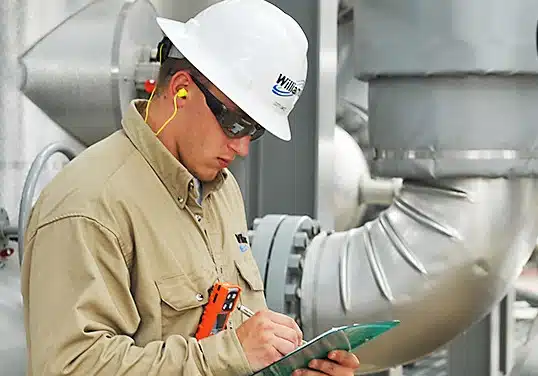Digital Radiography: The use of digital imaging techniques for radiographic testing, which offers improved sensitivity and resolution compared to traditional film-based methods.
Eddy Current Testing (ECT): ECT is widely used for surface and near-surface defect detection, and advancements in probe design and signal processing have increased its applicability.
Phased Array Ultrasonics: This is a specialized ultrasonic testing technique that employs multiple small ultrasonic elements to steer and focus sound waves, allowing for rapid scanning and defect characterization.
Computed Tomography (CT) Scanning: CT scanning is a powerful technique that provides 3D images of internal structures, making it valuable for inspecting complex components and composite materials.
Infrared Thermography: This technique uses thermal imaging to detect variations in temperature, which can indicate defects or anomalies in materials.
Acoustic Emission Testing (AE): AE is used for continuous monitoring and detection of active defects, crack growth, or structural integrity of components under stress.
Guided Wave Testing (GWT): GWT is used for long-range inspection of pipes, plates, and other structures, allowing for the assessment of large areas from a single probe position.
Electromagnetic Testing (ET): ET includes methods like Magnetic Particle Testing and Eddy Current Testing, which are used for surface and subsurface defect detection.
NDT in Additive Manufacturing: With the growing use of additive manufacturing (3D printing) in various industries, there is an increasing demand for NDT techniques to ensure the quality of printed components.
For more NDT/NDE Terms visit:


